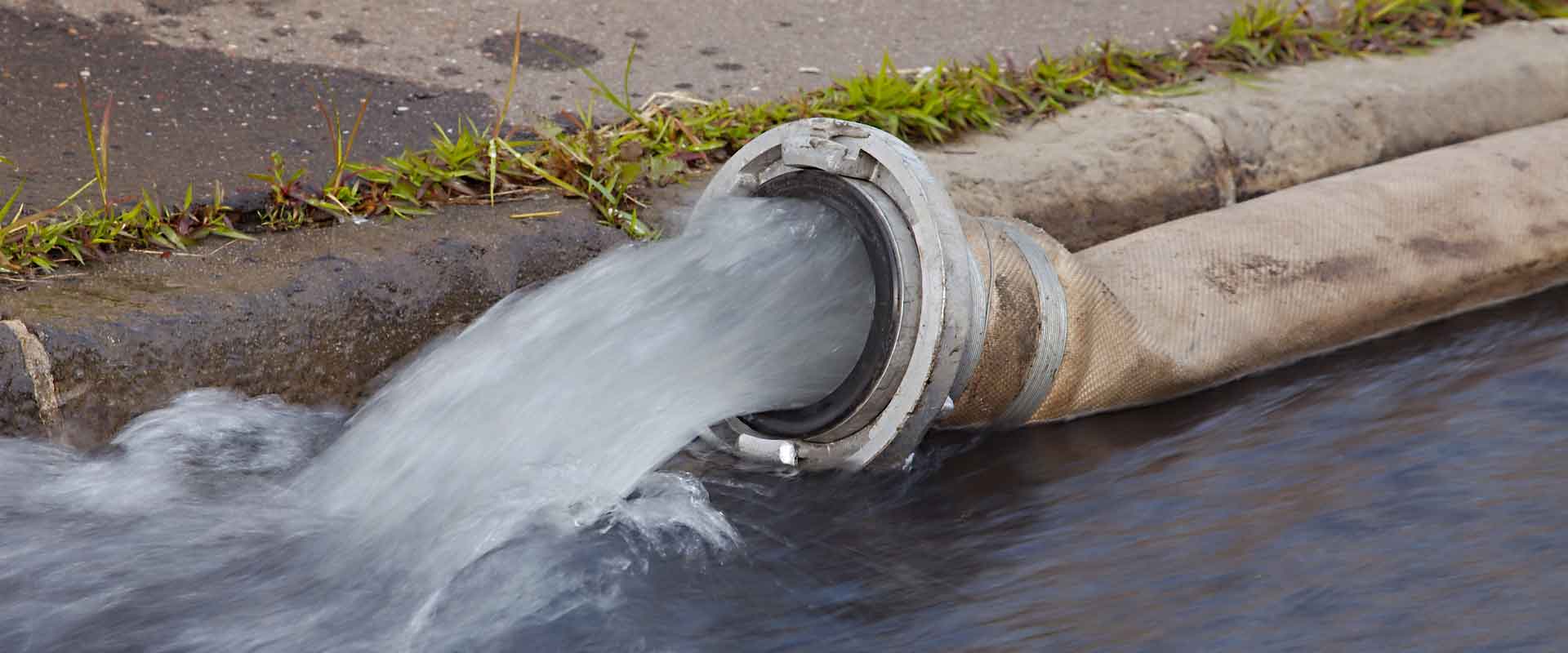Sewage Water Cleanup: Addressing Environmental Challenges. The management and treatment of sewage water is a crucial aspect of environmental conservation and public health. In recent years, concerns over the pollution and contamination caused by untreated sewage have led to increased attention and efforts towards sewage water cleanup. This article examines the challenges associated with sewage water cleanup and explores various methods and technologies employed to mitigate these issues.

Read on: Efficient Sewage Removal Services Ensure Clean and Healthy Communities
Environmental Impact of Untreated Sewage: Untreated sewage poses significant environmental risks, as it contains various pollutants and contaminants. When released into water bodies, sewage can deplete oxygen levels, leading to the death of aquatic life. It also introduces harmful bacteria, viruses, and pathogens, endangering public health and increasing the risk of waterborne diseases. Additionally, the presence of nutrients like nitrogen and phosphorus in sewage contributes to the growth of harmful algal blooms, causing further ecological imbalances.
Challenges in Sewage Water Cleanup:
- Volume and Variability: Sewage water volumes can vary greatly, posing a challenge in treating large quantities consistently. The fluctuating nature of contaminants and pollutants in sewage further complicates the cleanup process.
- Contaminant Diversity: Sewage water contains a wide range of contaminants, including organic matter, suspended solids, heavy metals, pesticides, pharmaceuticals, and personal care products. Each contaminant requires specific treatment methods, making the cleanup process complex and resource-intensive.
- Cost and Infrastructure: Establishing and maintaining sewage treatment facilities requires significant financial investments. Developing countries often face challenges in funding and building adequate infrastructure for sewage water cleanup, exacerbating environmental pollution.
See aslo; 6 Ways of Addressing Environmental Challenges and Ensuring Public Health
Methods and Technologies for Sewage Water Cleanup:
- Primary Treatment: The initial phase of sewage treatment involves physical processes such as screening and sedimentation to remove large solids and debris.
- Secondary Treatment: This stage focuses on biological processes, such as activated sludge systems or trickling filters, to break down organic matter and remove dissolved contaminants.
- Tertiary Treatment: Involving advanced methods like filtration, disinfection, and chemical precipitation, tertiary treatment aims to remove remaining contaminants, including nutrients, heavy metals, and microorganisms.
- Advanced Technologies: Various advanced technologies have emerged for sewage water cleanup, including membrane filtration (microfiltration, ultrafiltration, and reverse osmosis), advanced oxidation processes (ozone and ultraviolet radiation), and constructed wetlands for natural purification.
Read on: The Cost of Sewage Cleanup: A Comprehensive Analysis
Conclusion:
Efficient sewage water cleanup is critical to safeguarding the environment and protecting public health. Addressing the challenges associated with sewage water treatment requires a combination of effective policies, adequate funding, and the implementation of appropriate technologies. Ongoing research and development in the field of wastewater treatment are essential for improving the efficiency, affordability, and sustainability of sewage water cleanup efforts. By adopting comprehensive approaches, we can minimize the environmental impact of sewage water and promote a healthier and more sustainable future.
Related Articles
- 23 Tips Exploring Career Opportunities in the Banking Sector
- 22 Tips to Open Wholesales Kitchen/Bath Accessories Shop
- 48 Top Trending Tips about Craigslist Houston
- How to Design your Kitchen with Pink Kitchen Accessories
- How to Set up Betta Fish Tank Business
- 10 Reasons Why You Should Eat at a Mellow Mushroom
- 6 Tips to Start Mason Business
- Denver Rescue Mission – A Path to a Better Life
- 45 Top Basic Human Needs for Health
- 31 Tips to Form Online Business Focus Group
- Top 10 Reasons to Choose Pediatric Partners of Gwinnett for Your Child’s Care
- Top 12 Palm Kernel Oil Extraction Business Setting Tips
- 10 Best Ways to Setup Standard University
- 21 Tips to Open Worship Centre
- 24 Tips to Open Exotic Layers Breeding Farm
- 18 Tips to Get Free Driving Schools Near You for Adult Learners
- 33 How to Build your Entrepreneurial Future
- The 10 Best Jobs at UPS: How to Get Hired
- Millions Business Opportunities in Bamboo Trees
- How to Get Reliable Express Transport for Condoms Business
- How to Start Termite Fumigation Business
- Booking Uber for one Person in Nigeria
- 19 Tips Elevating eCommerce to New Heights
- 17 Tips to Start Silage Livestock Feeds Production in Nigeria
- 15 Tips to Start Business Flights to Chicago from Lax
- Top 20 Affiliate Marketing Jobs near You
- 17 Tips Choosing the Right Path to Sustainability: Off-Grid vs. On-Grid Solar Power
- How to Open Restaurants Near State Farm Arena
- Choosing the Right College: The Four Types of Degrees
- 17 Tips to Get Temporary Assistance Welfare Check
- Outsourcing for Startups: The Future of Business Operations
- Understanding Financial Risks in the Business
- 13 Tips to Meet with First Investors Financial Institution
- How to Open Therapist Development Center
- Quit Claim Deed GA – What You Need To Know
- The Best Animal Hospital in the Area: Which One to Choose?
- 29 Best Paradigm Shift in the Modern Business Landscape: Digital Transformation Defined
- BusinessHAB Main Page
- How To Find Jobs in Nigeria: A Guide to HotNigerianJobs.ng
- How Good is Starting Hair Extensions Business(28 tips)
- 29 Best Business Intelligence Use Cases
- 20 Best Book Review Writing Guides
- 50 Best Gas Stations Near Me: The Ultimate List
- 14 Raw Sewage Cleanup: Methods, Challenges, and Environmental Impacts
- 6 Ways of Addressing Environmental Challenges and Ensuring Public Health
- Top 4 Facebook Business Marketing Tips
- 15 Tips Redefining Comfort and Sustainability in Baby Care
- How to Build a Team and Enhance Prospects
- Top 10 Fish Grills for Beginners – Piers 76
- 24 Tips to Start Financial Consulting Business